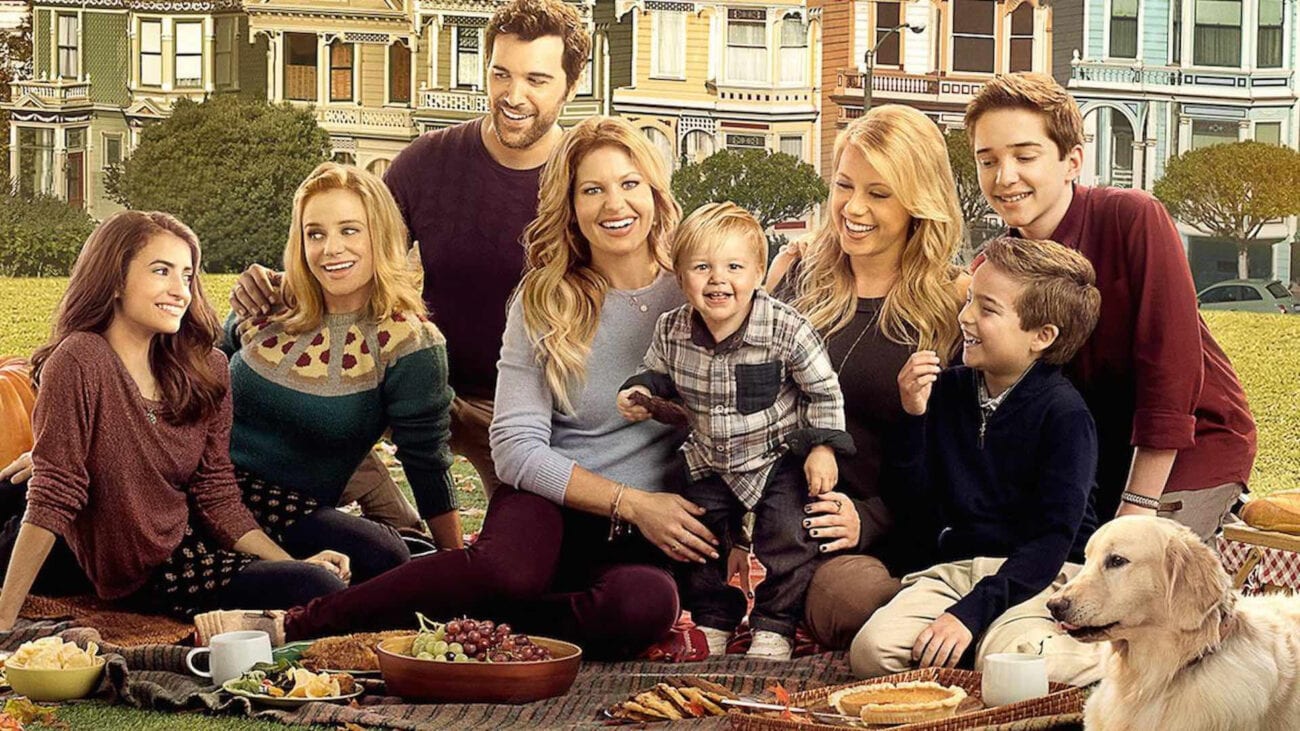
Film is a storytelling medium that continues to grow in popularity, from independent productions to big-budget, special-effects-laden blockbusters. There are still some problems in the film industry. These will be addressed in the following chapters. You can learn more about the different kinds of films, as well as how the characters and plots work in movies.
Film as a storytelling medium
Film and literature have a strong relationship because both are storytelling mediums. Screenwriters tell stories with the lens. This allows for the camera's focus to be on the characters and groups of individuals. This visual storytelling approach allows screenwriters to maximize the potential of film as a storytelling medium.
Characters
There are two types characters in movies: the antagonist or the protagonist. The protagonist is the center character of a movie and usually is the protagonist. The antagonist is someone who opposes the protagonist and drives the story in the opposite direction. They can clash and create dramatic scenes.

Plot
A plot is what drives the movie's storyline. It is not necessarily the most important plotline. However, it is the one which drives the story forward. This can be the plotline of a writer or the plan for a character in the future. A plot synopsis can also be used to describe the plot of a movie.
Cast
The Cast of movies is a list of all actors and actresses that have played a specific role in a movie. This list also includes the cast members. The "The Rat Pack" cast includes Sammy Davis Jr., Frank Sinatra and Michael Herbig. Charles Bronson is another notable member of the cast. Richard Attenborough and Steve McQueen also make an appearance. Movie 43 also features illusionist David Copperfield. He appeared in the film as himself.
Special effects
Special effects are a crucial part of making a movie. These effects are essential to the story and are often completed in post-production. However, they must be planned in advance and choreographed. Special effects may be either digital or physical. Digital animation techniques include texturing, animating, modeling, computer graphics lighting, texturing and rigging. Computer generated 3D characters, particle effects, and digital sets are also common. Physical effects are often planned and produced in-house.
Dialects
Watching actors use different speech forms in movies to communicate their ideas is fascinating. These speech forms are created by breaking down the speech into four components: pitch, tone and intonation. Dialects may also be used in episodes to highlight different emotions, or to indicate a character’s role.

Dialogue
In movies, dialogue is a key component of the plot. It allows the viewers to see what characters are thinking, feeling or needing. It also provides information about the characters' social standing, relationships, and power balance. The screenplay is illuminated by it. It conveys ideas to the audience in an indirect, yet compelling, way. Expository writing can also benefit from dialogue.
Artbuckle scandals
The shockwaves caused by the Arbuckle scandal swept across the country. Many theater owners pulled Arbuckle's films, while preachers preached against his work. Will Hays banned Arbuckle even from appearing in films. Eventually, Arbuckle was acquitted. His reputation was jeopardized. Hayes prohibited Arbuckle from ever working in any movie for six year, and his career was forever changed.
FAQ
Does TV affect sales?
TV affects sales because it allows consumers to see what products are available.
Consumers compare prices before buying a product. They often think "I wonder if it's possible to afford that?" when they see an advertisement for a product.
What is the type of advertising on a TV?
Television is a type of communication that uses images to transmit messages. It is the most viewed media in the world. Television is worth more than $100 billion annually.
There are many different kinds of ads on television. These advertisements can be classified into two types:
-
Commercials, also called TV commercials, last 30 seconds to 60 seconds.
-
Programs/Series, also known as "programming", are also known. These programs typically last around 20 minutes. Some programs can be shorter.
Commercials are shown during commercial break, which is usually every half hour of programming. They can also be shown when there is no broadcast. This includes before and after shows, infomercials, public service announcements, etc.
Programs are the main part of any channel. There are usually several series that air each week on most channels. Some networks only show one series per day. Other networks may air multiple series simultaneously. Some channels specialize only in airing news, movies and sports events.
Advertising on television has experienced significant change since its creation. Television was used mainly for entertainment purposes in the 1950s. People would watch I Love Lucy or Father Knows Best shows, then head outside to play and have fun with their friends. As technology advanced, however, people began using television more often to get information about products and services. For example, if someone wanted to buy a new car, he could watch an automotive advertisement and learn what features were available in that particular model.
Why should I pay attention to TV?
If you own a business, you should care about TV.
It is a huge source of revenue for many businesses.
It is a good idea to study all aspects of TV advertising before you start a business.
You'll be able to determine the best advertising strategies for your products, such as what ads to run and where to spend your money.
What is the average time it takes to create a commercial?
It varies depending on the size of the project. A small project might only need one person to film it, while a large project may need several hundred people.
A 30-second spot typically takes between 2-5 working days.
Statistics
- With OTT ad revenue set to increase from 45% to 60% over the next decade, AdTech pioneers and early adopters of OTT advertising will reap its benefits in the near future. (clearcode.cc)
- Video-ad views on OTT (over-the-top) devices grew 63% year over year in Q3 2016, and the trend is expected to continue, further crippling traditional TV advertising. (clearcode.cc)
- In fact, 76% of people completely skip the commercials while watching their programs. (qualitylogoproducts.com)
- Radio is extremely accessible – 95 percent of cars have radios, and 99 percent of homes have radios. (marketingevolution.com)
- Not to mention, sales rose an incredible 11% following the launch of this commercial. (qualitylogoproducts.com)
External Links
How To
How can I make my first TV commercial?
It is important to identify your target audience before you can start to market to them. Are you trying new customers to target? Are you aiming at existing customers? Your video should be entertaining, informative, and fun if you are trying to attract new clients. However, your video must be focused more on selling your product/service if your goal is to attract new customers.
After you have decided who you want to reach, you can start thinking about the message you want. Are you trying to make people smile? Be serious? Maybe you want to encourage them buying something?
Next, you must decide whether to use voiceover. Voice-overs are great because you can deliver your message without seeing yourself. They can also be very cheesy. If you don't enjoy using voiceovers, you might consider writing your own script.
You should also consider what camera angle you would like to use. You have many options.
You now have the knowledge to create your first TV commercial!